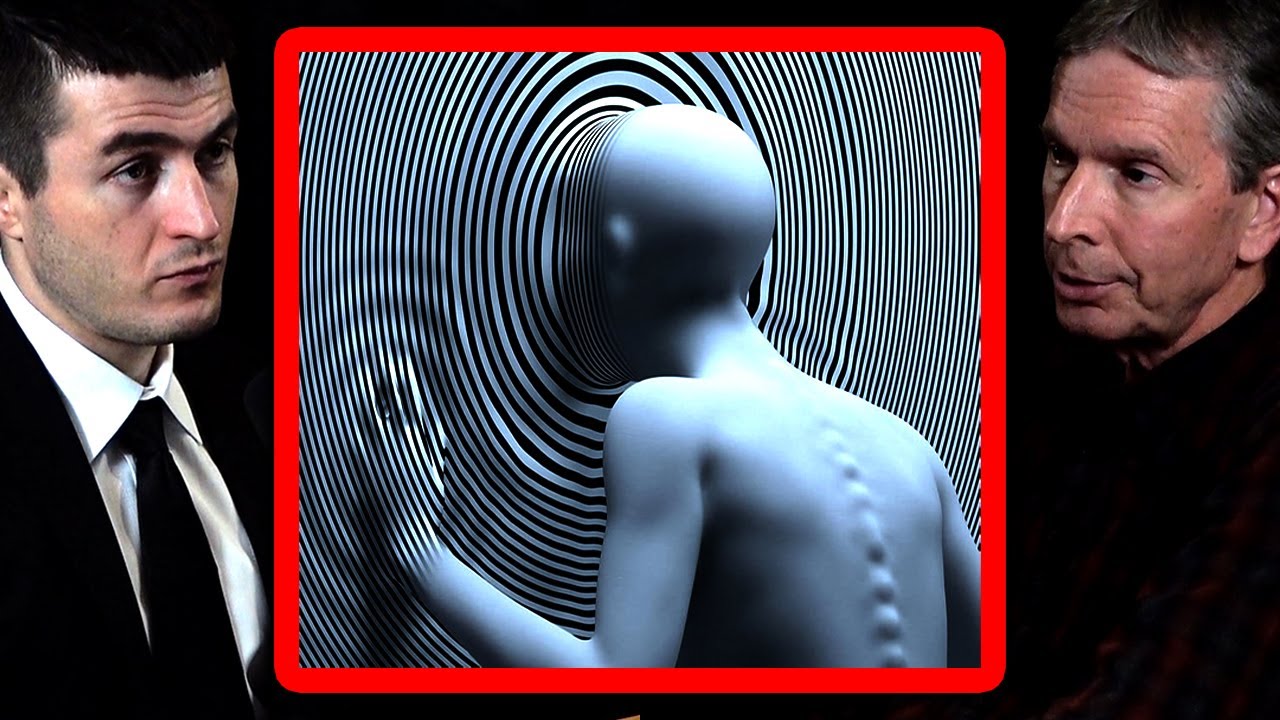I think something similar is brought up in Ralph Koster’s A Theory of Fun for Game Design where he explains problem solving in real life are basically algorithms applied to the abstraction the brain creates of reality, and then the same is applied to video game mechanics.
I actually think there are a lot of parallels here as well. There’s also a thermodynamics based reason why the brain would create an internal simulation of reality.
As we see with computers, doing any sort of processing on raw data that’s collected from the sensors is expensive. Analyzing an image to identify shapes, processing sound to identify speech, etc. All of these are expensive and slow operations. On the other hand, working in a simulated environment where all the data is already mapped out is very cheap.
One of the natural selection constraints is to minimize energy use. The less energy an organism needs the more likely it is to survive longer. So, it stands to reason that the brain would operate on an internal simulated environment internally, and then sync it up with the sensory data at intervals to avoid drift from the primary reality. This also explains stuff like optical illusions which are examples of a drift between the internal model and the sensory data.
We each live in our own little simulated universe. :)



